
Focus Ex is a digital reading aid for people with ADHD
Hungarian designer Vatány Szabolcs has created a font and browser extension to make it easier for people with attention deficit hyperactivity disorder, or ADHD, to concentrate when reading online content.
The Focus Ex extension, which works on desktop and mobile, allows users to change entire paragraphs on a web page into a different typeface, called Focus Sans.
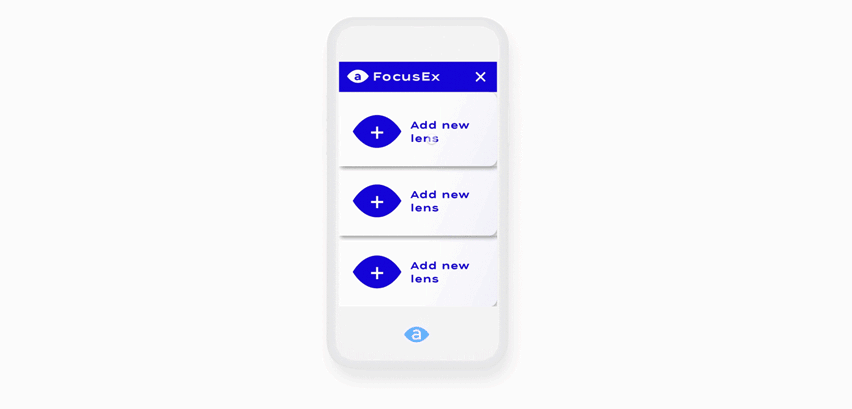
Focus Sans has generous proportions for better legibility, while crucial parameters such as the space between the lines and letters as well as the weight, width and focus of the letterforms can be personalised according to the reader's individual needs.
Compared to a regular typeface, which comes in set sizes and styles like bold or italic, a variable font like Focus Sans allows these features to be adjusted on a sliding scale to create a vast number of variations.
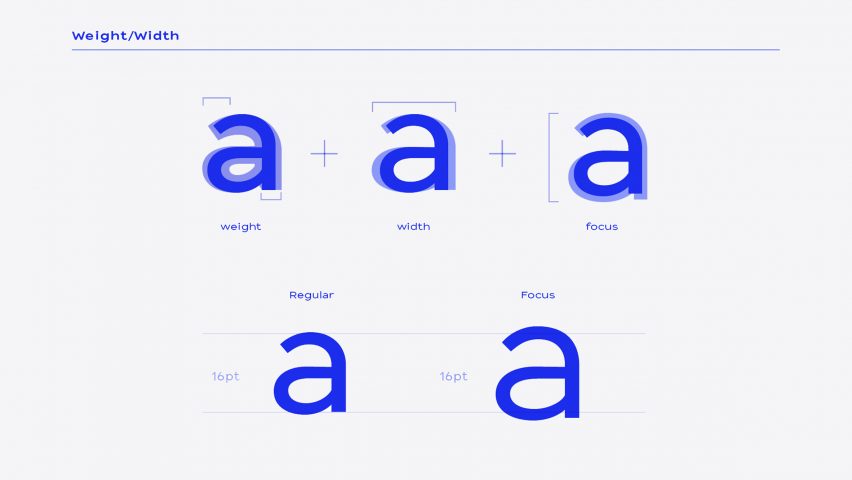
The result is entirely responsive and unique to the user – whether they prefer extra thick but narrow letters, wide and thin ones or anything in between.
According to Szabolcs, this kind of personalisation is especially important for people with ADHD, who can often struggle with focusing and processing written information.
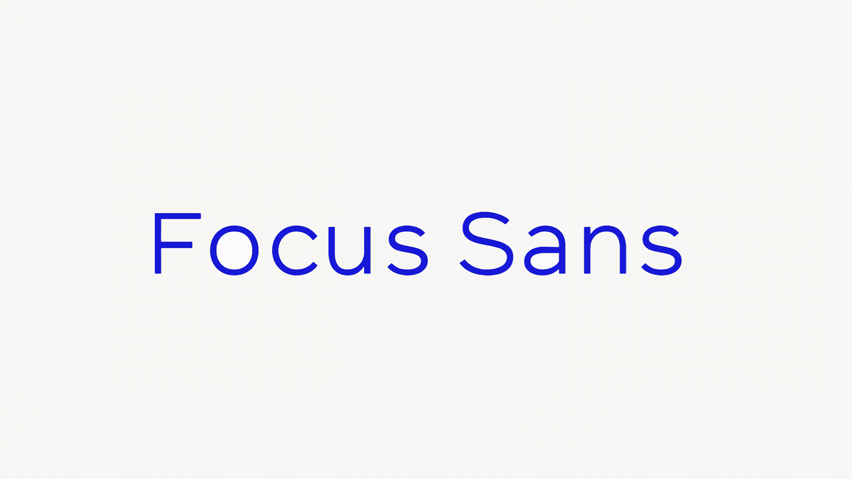
"I consulted with psychology and neurology researchers from Budapest and I sent a questionnaire to fluent readers living with ADHD, to collect some data about their reading habits and potential needs," he told Dezeen.
"One of my conclusion was that different people just have different needs, even in reading."
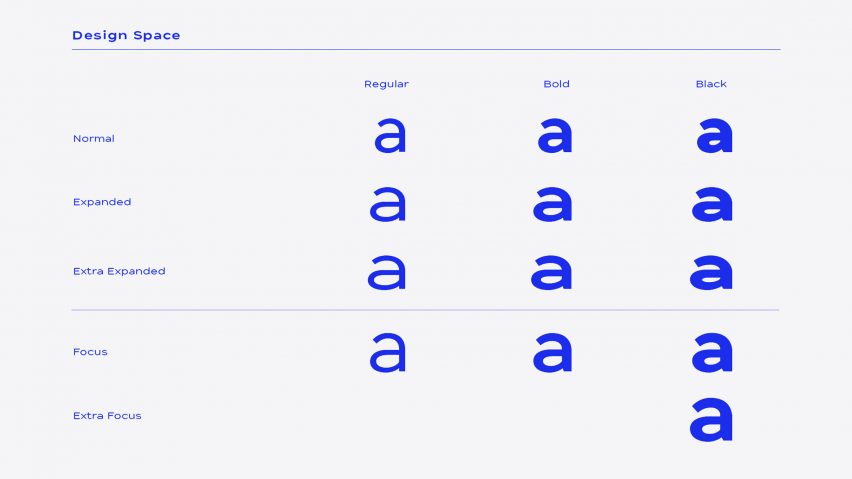
Graphic designers have been experimenting with variable fonts for a number of years, giving them much larger freedom and control over the final outcome.
But Szabolcs's project is an experiment in applying this technology not just for aesthetic but for functional purposes and, crucially, he is actually placing the power in the hands of the final user, to adjust and re-adjust the design as they see fit.
"The most exciting situation is when the input data is dynamic and constantly changing because in that case, the visual result is like a living organism," he said.
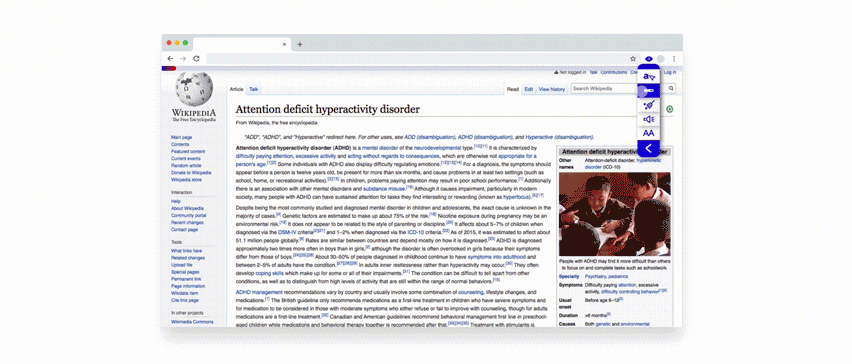
The Focus Ex extension also features an interactive Focus Mode, which allows individual words to be seen as if through a magnifying glass by hovering over them with the cursor.
This enables users to actively engage with a text and tackle it one word at a time, with the aim of improving text comprehension and recollection.
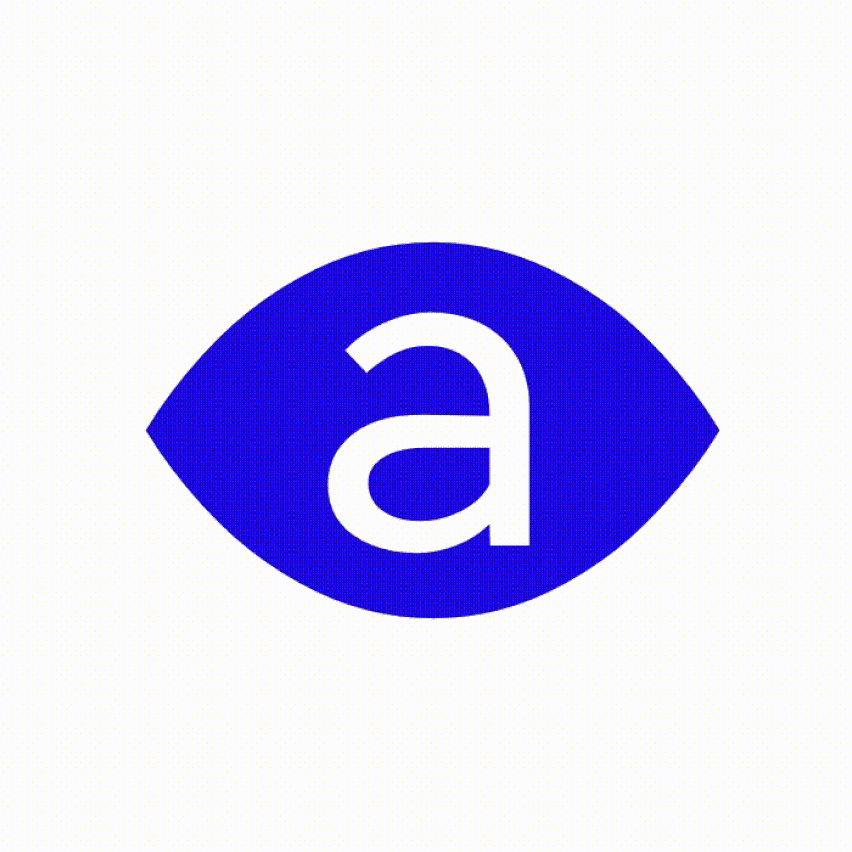
Other functions designed to enhance the reading experience include a status bar that visualises the user's progress, a timer for setting goals and a filter that hides distracting images.
Focus Ex is currently still in the prototyping phase and was developed by Szabolcs as part of his master's degree at the Moholy-Nagy University of Art and Design (MOME) in Budapest.
A number of other designers have set their sights on making typography more inclusive and accessible, with Christian Boer creating a typeface for people with dyslexia and Applied Design Works developing "hyperlegible", exaggerated letterforms for the visually impaired, which were shortlisted in the graphic design category at last year's Dezeen Awards.